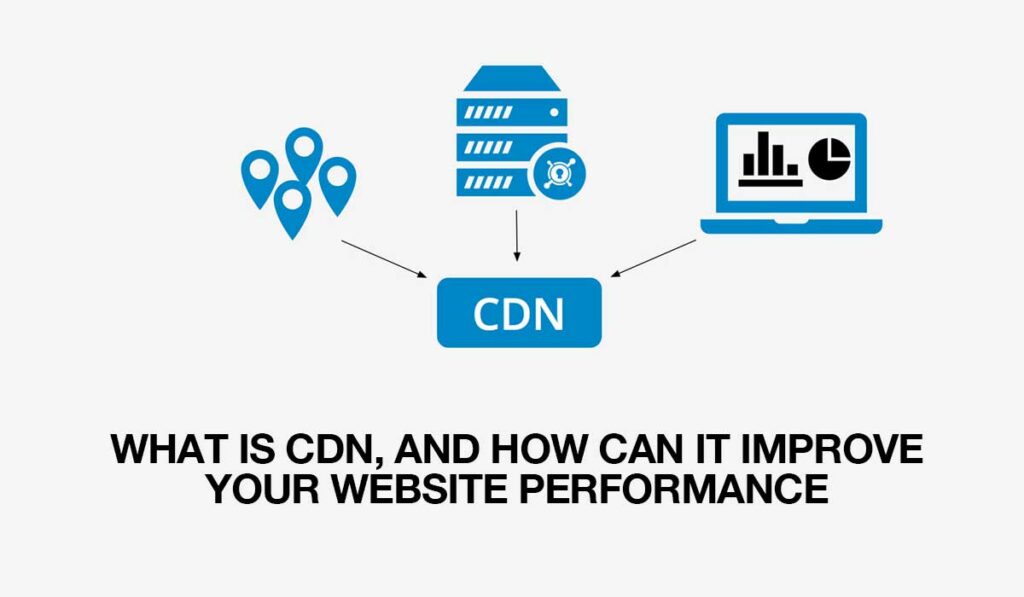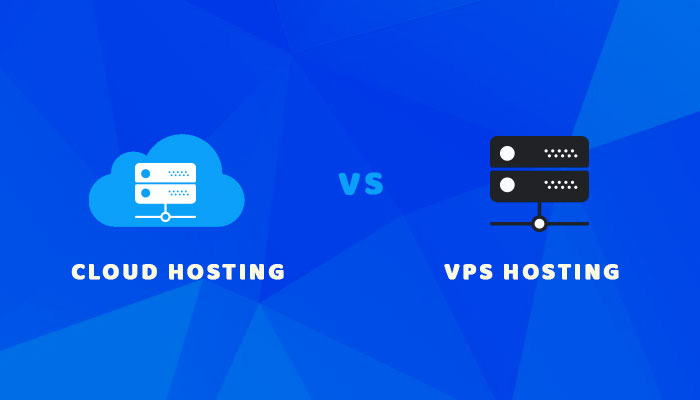In today’s digital age, website performance is crucial in attracting and retaining visitors. Slow-loading websites can lead to frustrated users and high bounce rates. One technology that has gained significant popularity in optimizing website performance is Content Delivery Network (CDN).
In this blog post, we will explore what CDN is, how it works, and how it can improve your website’s performance.
But first, let’s try to understand the problem a little better:
You must have noticed that some websites load instantly while others take forever to display content. This delay is known as latency, which refers to the time it takes for a server to respond to a request and deliver the content to your browser.
Latency can occur due to various factors, such as poor website optimization or excessive media content on the homepage. However, even when the website is well-designed, there can still be noticeable delays, often caused by the physical distance between your device and the server hosting the website.
For example, if a website is hosted in a data center near Delhi, it will load much faster for users in Bangalore compared to those in Los Angeles, US.
CDN is a solution designed to address this issue and improve website performance
So, what is Content Delivery Network (CDN)?
Technically, a CDN, or Content Delivery Network, is a geographically distributed network of servers that stores and delivers web content to users based on their geographic location. It works by caching website content, such as images, scripts, CSS files, and videos, on multiple servers across various locations worldwide.
How does CDN work?
CDNs operate by establishing Points of Presence (PoPs) worldwide. Instead of relying on a single location, your website is stored in multiple locations across the globe. A PoP, in simple terms, is a data center that serves two essential functions.
Firstly, it stores a duplicate copy of your website and caches files using caching servers. Secondly, it interacts with users based on their geographical location.
For instance, if you access a website from Los Angeles, the CDN will direct you to a data center in Texas instead of routing data to Delhi and back. Limiting travel distance improves loading times, resulting in faster content delivery to users.
How does CDN improve website performance?
Implementing a CDN can affect all aspects of your website. However, the major advantages that your website can get from using it are:
Reducing Latency and Improving Load Times:
One of the primary benefits of CDN is the reduction of latency, or the delay experienced when loading a webpage. CDN significantly reduces the distance and network hops required to retrieve the content by storing website content on servers closer to the user’s location. This proximity minimizes the time it takes for data to travel, resulting in faster load speed of loading times and improved user experience.
Handling High Traffic:
CDN can handle high volumes of web traffic effectively. When a website experiences a surge in visitors, the CDN’s distributed infrastructure helps distribute the load across multiple servers. This prevents the main server from overloading and ensures a smooth and consistent user experience, even during peak periods. It does not allow heavy website traffic to impact website performance.
Improved Global Accessibility:
With a CDN, website content is cached on servers in multiple regions worldwide. When a user accesses your website from a specific location, the CDN serves the cached content from the server closest to that location. This reduces the latency caused by long-distance data transmission and ensures faster content delivery, regardless of the user’s geographic location.
Enhanced Scalability and Reliability:
CDN adds a layer of scalability and reliability to your website. The distributed nature of the network allows for easy scaling as your website grows. In addition, CDNs are designed to handle server failures and congestion gracefully. If one server goes down, the CDN automatically routes traffic to the nearest available server, ensuring uninterrupted service. This intelligent network optimization impacts your user experience positively.
Offloading Server Load:
Caching and delivering content from CDN servers significantly reduces the load on your origin server. This offloading of server load can result in improved server response times, reduced bandwidth consumption, and enhanced website performance.
Cheaper web hosting:
This is another benefit of using a CDN. Requiring users to load static content from a single server consumes many resources and bandwidth. Offloading these tasks to your CDN can reduce the bandwidth you use on the server your website is hosted on, which may reduce your web hosting costs. You’ll still need to pay for the CDN service, so keep that in mind.
Now that we have thoroughly explained the key benefits of implementing a CDN on your website performance let’s also understand another important aspect of getting a CDN:
Does your site need a CDN?
This might sound confusing, but trust us – some websites will benefit very little from a CDN. Let’s talk about them so you can make an educated decision on whether or not your site would benefit from the added cost of using a CDN.
To determine if your website would benefit from using a CDN, consider the following factors:
- Traffic volume: One of the biggest factors you must consider to implement a CDN for your website. Traffic-heavy websites are more likely to experience downtime than other sites, as the servers that run them have trouble supporting the heavy load. If your website experiences heavy traffic, implementing a CDN can help distribute the load to servers worldwide, reducing downtime and improving performance. Consider upgrading to a cloud-hosting solution for scalability.
- Business growth: If you anticipate rapid growth for your business or expect promotional activities to drive significant traffic to your site, implementing a CDN and upgrading to cloud hosting can ensure your site remains stable and accessible during peak periods.
- Website size: For small websites with few pages, minimal media content, and regular low traffic, the performance improvement may not be substantial with a CDN. Keep an eye on your site’s performance but prioritize other optimizations first.
- Media-heavy content: If your website utilizes many images, videos, or other media items, a CDN can significantly enhance loading times by serving those resources efficiently. This is especially beneficial for blogs, portfolios, or image-intensive sites.
- Target audience: CDNs are designed for global scalability. If your website primarily targets local traffic, such as a local business website, a CDN may not be necessary as the traffic is already localized.
Final thoughts
CDNs are vital in keeping a site running quickly and smoothly. It offers a powerful solution to optimize website speed, reduce latency, and improve user experience. By leveraging a geographically distributed network of servers, CDN minimizes data travel distance, handles high traffic, and enhances global accessibility. Embracing CDN can help your website load faster, engage visitors better, and drive positive business outcomes. So, consider exploring reputable CDN providers. Integrating this technology into your website infrastructure will unlock the full potential of improved website performance and user satisfaction.






